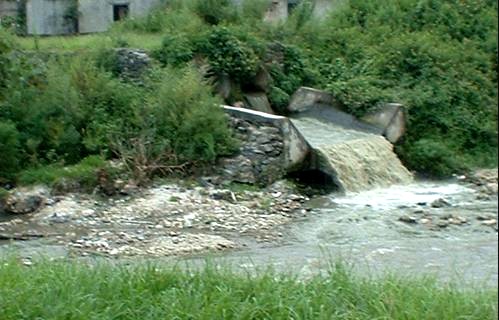|
by Chemical Concern
Joakim Bergman is Chief Executive of Changing Markets, a social enterprise which supports environmentally sustainable companies and products to take market share from less sustainable competitors and helps NGOs to run better campaigns that ‘more efficiently activate market shifts’.
He recently wrote to the Financial Times about the dumping of untreated antibiotic waste affecting the health of local communities and also contributes to the global rise of antibiotic-resistant bacteria. Mr Bergman highlighted a major UK government-backed review into antimicrobial resistance (more here) which estimates that by 2050, drug-resistant infections could kill 10m people per year globally and reported that the UK’s chief medical officer has spoken of this as a “catastrophic threat”.
Some “disturbing” environmental damage in India and China by ‘trusted brands’
He refers to an article in the FT which reports institutional investors’ concerns over the “disturbing” environmental damage resulting from multinational drug companies manufacturing in India. Recent research conducted by Changing Markets confirms many other reports showing that pharmaceutical pollution is a huge problem in China, where between 80 and 90% of the world’s antibiotic raw materials are manufactured. In both countries, multinational pharmaceutical plants are failing to treat and manage toxic and drug-rich waste, while their clients – including trusted brands – are ‘turning a blind eye to the problem’.

To a lesser extent, European countries, Canada and America (above) also have chemically polluted water. Read more here. According to a new Cary Institute study, Emma Rosi-Marshall, the lead author of a new study, has tracked pharmaceutical pollution in waters across the globe leading to disruption of ecosystem of streams, including American rivers in New York, Maryland and Indiana. She said when waste water is moved to sewage treatment facilities it is not treated for the removal of pharmaceuticals. Consequently, streams and rivers are exposed to synthetic compounds including antibiotics, stimulants, antihistamines and analgesics.
Concern about the problem in Eastern Europe is evident in the EU Guidelines on waste disposal and in 1999 the UNO World Health Organisation issued detailed guidelines in a more readable document, including disposal methods. In section 1.8 it stresses many dangers from ‘improper disposal or non-disposal of expired pharmaceuticals, including contamination of water supplies or local sources used by nearby communities or wildlife’.
Many companies, including Pfizer and AstraZeneca, have signed up to thePharmaceutical Supply Chain Initiative, which has clear guidelines on wastewater management, but in light of the recent revelations it seems that the majority are failing to observe these guidelines.
Bergman concludes: “Without rapid action to remedy this, the global pharmaceutical industry risks becoming complicit in a public health disaster of monumental proportions”.
Copyright Chemical Concern 2015
|